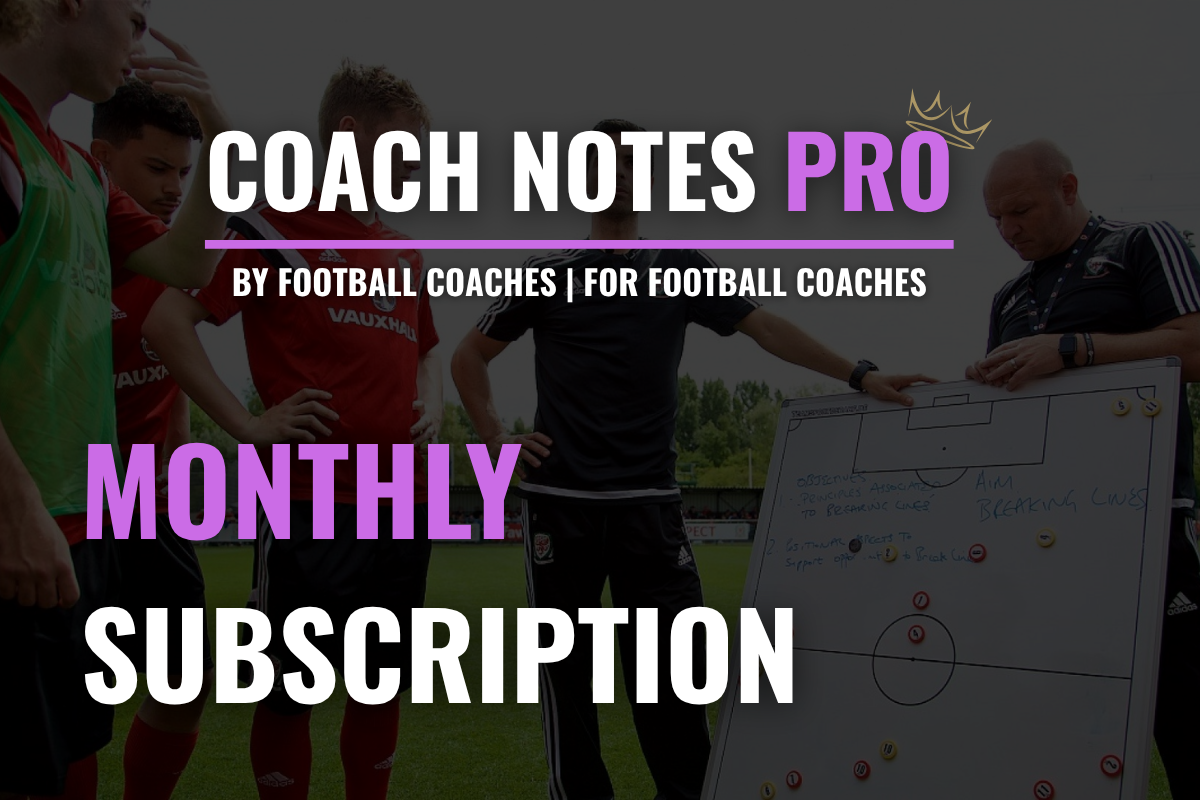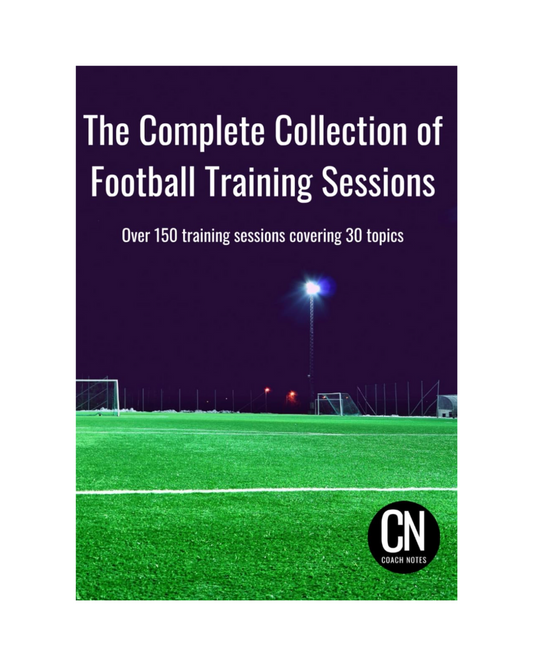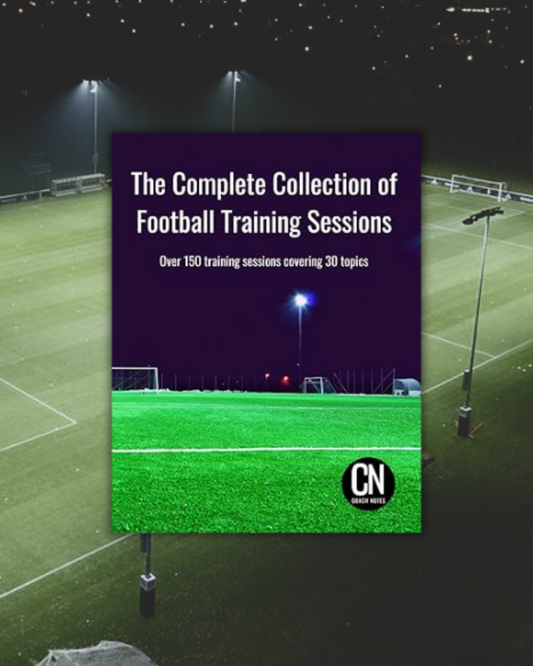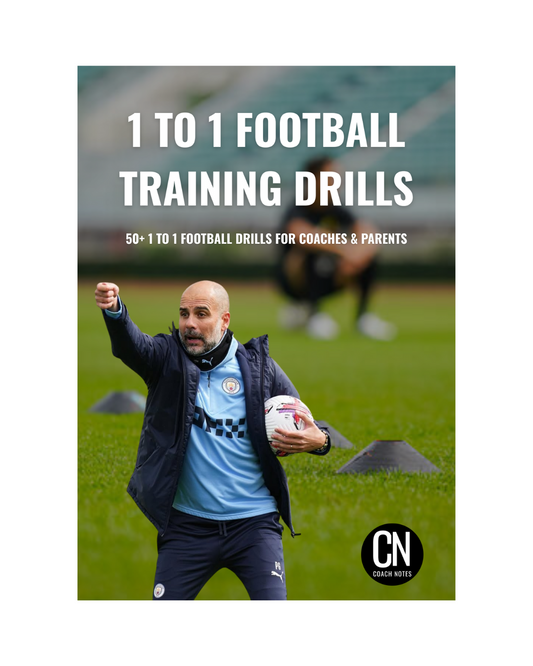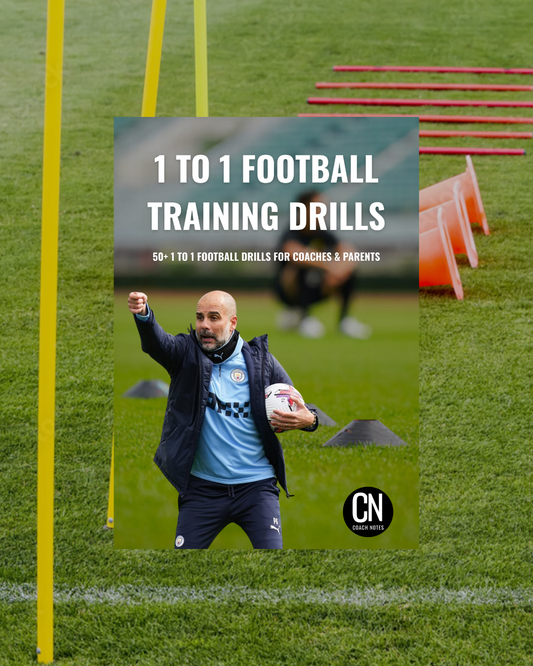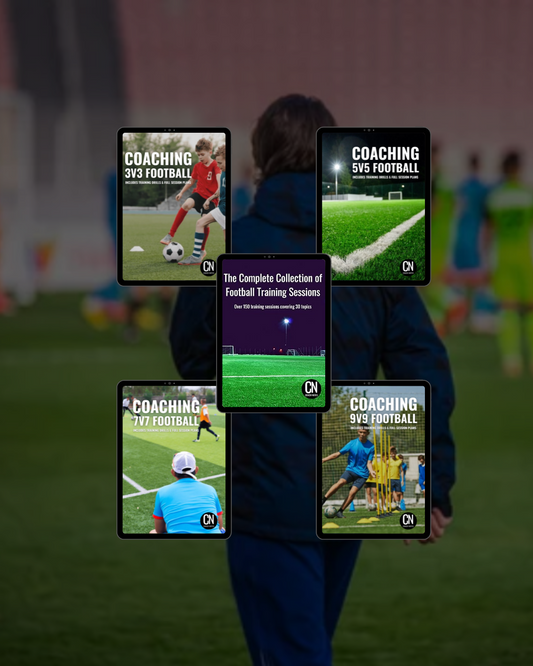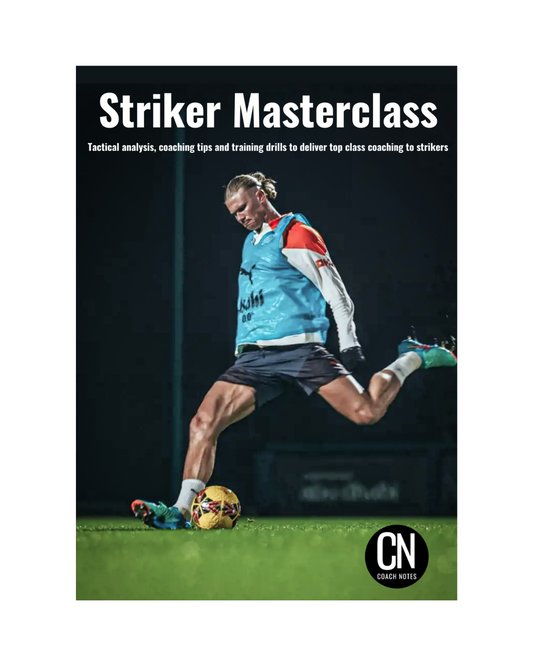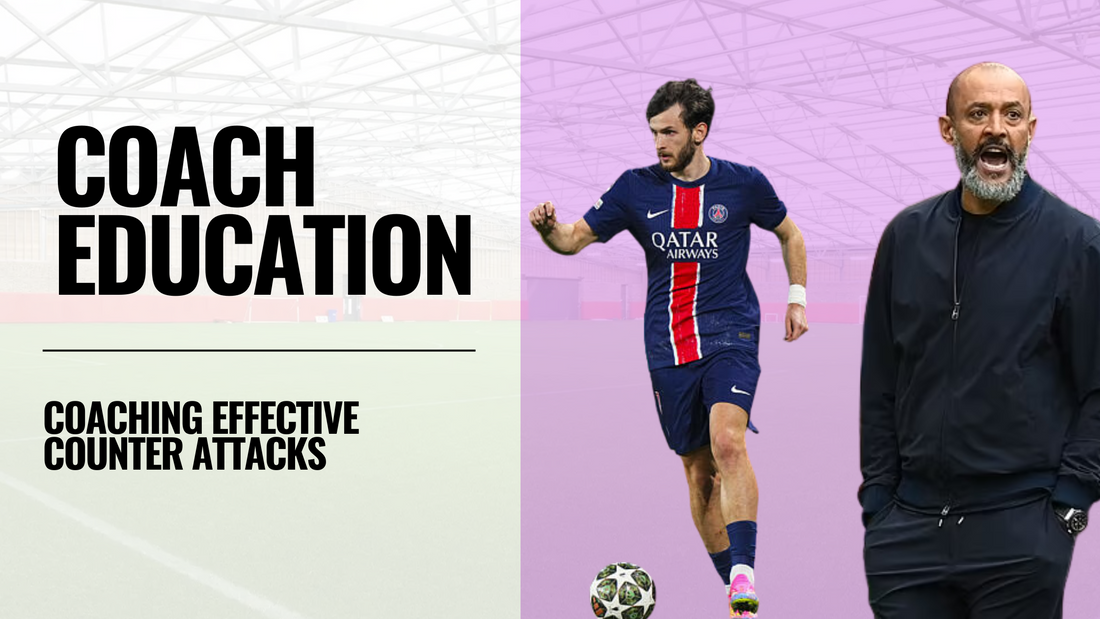
Coaching Effective Counter-Attacks
Share
In the ever-evolving world of football, one constant remains - transitional moments are goldmines for goals. Counter-attacking has become one of the most potent weapons for teams at all levels, and the ability to execute this phase of play effectively is a skill that coaches must both understand and impart.
🤷♂️ Why Counter-Attacks Matter
Football matches are increasingly decided by what happens in transition, the moments immediately after possession is won or lost. Studies and match analysis across elite and grassroots levels consistently show that a significant number of goals from open play originate during these phases. When the opposition is disorganised or caught committing numbers forward, opportunities open to exploit space and create high-value chances.
Effective counter-attacking is not about “parking the bus and hoping for a break.” It is a deliberate, trained tactical strategy that requires clarity, speed, intelligent decision-making, and purposeful execution.
✅ Principles of a Successful Counter-Attack
1. Speed Over Style
The primary goal of a counter-attack is to exploit space before it disappears. Encourage players to attack with urgency, they should be looking to break lines quickly, using minimal touches to progress the ball. This doesn’t mean aimless forward passing. Rather, it’s about fast, calculated movement and decision-making.
Players should be instructed to:
- Drive forward with the ball when space is available.
- Make quick decisions on when to pass, dribble, or shoot.
- Only pass if a teammate is in a clearly better position with a high probability of scoring.
2. Positive Decision-Making
Counter-attacks often fail due to poor choices. Teach players to:
- Recognise when to commit defenders by driving directly at them, forcing a decision.
- Understand when a pass becomes the better option. Specifically when it’s a low-risk opportunity to play in a teammate for a shot.
- Be confident in taking the shot when defenders hesitate or the angle is favourable.
This mindset helps develop attacking players who aren’t passive or overly reliant on others to make the final move.
🔄 Initiating Counter-Attacks: From Recovery or Provocation
1. Ball Recovery Moments
Most traditional counter-attacks stem from:
- High pressing: Winning the ball in advanced areas.
- Interceptions: Reading the game and stepping in when a pass is predictable.
- Tackles in midfield or deep areas, followed by a quick outlet pass.
2. Baiting and Exploiting
Coaches can also structure play to provoke a counter-attacking situation. This involves:
- Baiting the press: Purposefully inviting the opponent to press deep by circulating possession at the back.
- When the press comes, players are trained to play through or around it quickly, opening up large areas of space for direct progression.
This method, common in modern possession-based teams like Guardiola’s or Xabi Alonso’s Leverkusen, relies on precision and confidence but can be devastatingly effective.
👥 Player Profiles for a Counter-Attacking System
To coach this phase effectively, understanding the roles and required attributes of each player is crucial.
✅ Wingers
- Fast, direct, and confident in 1v1s
- Able to carry the ball over distance and beat players
- Should make diagonal runs into space behind defenders
✅ Central Midfielders or Attacking Midfielders
- Should be able to recognise the moment of transition and initiate the attack
- Need vision and ability to play vertical passes quickly
- Must support attacks by arriving late or making supporting runs
✅ Striker
- Must hold up the ball or stretch the back line with movement in behind
- Needs to understand timing and angles to exploit a disorganised defence
✅ Ball-Winning Midfielders
- Key in regaining possession
- Should play simple but positive first passes to start the break
⚽️ Training Counter-Attacking Effectively
Here are two suggested session designs for coaches looking to develop this area with their players:
👉 3v2 Transition Game
Setup: Half-pitch with a goal and recovering defenders.
- Attacking team starts with 3 attackers; defending team starts with 2 defenders.
- Once the ball is played in, a third defender recovers after a 2-second delay.
- Attackers must exploit the brief overload and score before the 3rd defender arrives.
Focus: Quick decision-making, timing of pass, and exploiting overloads.
Coaching Points:
- Attack with width and depth
- Time the pass to draw in defenders
- Be ready to finish early
👉 2v1 Fast Break Drill
Setup: Full width, half-pitch length. A central area with an end goal.
- Attackers start near halfway line and receive a pass as they break.
- A defender recovers from behind or starts in a disadvantageous position.
Progression: Add another defender who starts closer to the goal to simulate delayed recovery.
Focus: Exploiting the advantage, dribbling at pace, and making clear decisions.
Coaching Points:
- Drive at the defender to commit them
- Use body cues to sell a pass or shot
- Finish with composure and timing
🧠 Building Tactical Awareness
Don’t just rely on drills, use video analysis and match clips to help players:
- Understand what makes a counter-attack work
- See how professional teams create these moments from both pressing and structured play
- Learn to identify triggers (e.g. loose pass, defender stepping in, poor opponent structure)
Tools like video replay, freeze-frame scenarios, and player discussions build deeper understanding and anticipation.
⚔️ Conclusion: A Weapon for Every Level
Counter-attacks are not just a tool for underdog teams — they are a core part of any tactical identity. Whether you’re a possession-based side or a pressing-heavy team, the ability to strike during transition can transform your goal-scoring output.
Coaches must instil principles of speed, decisiveness, and clarity, while shaping sessions that reflect real game scenarios. With consistent practice, guided repetition, and detailed feedback, your players will begin to see transition as an opportunity — not chaos.

